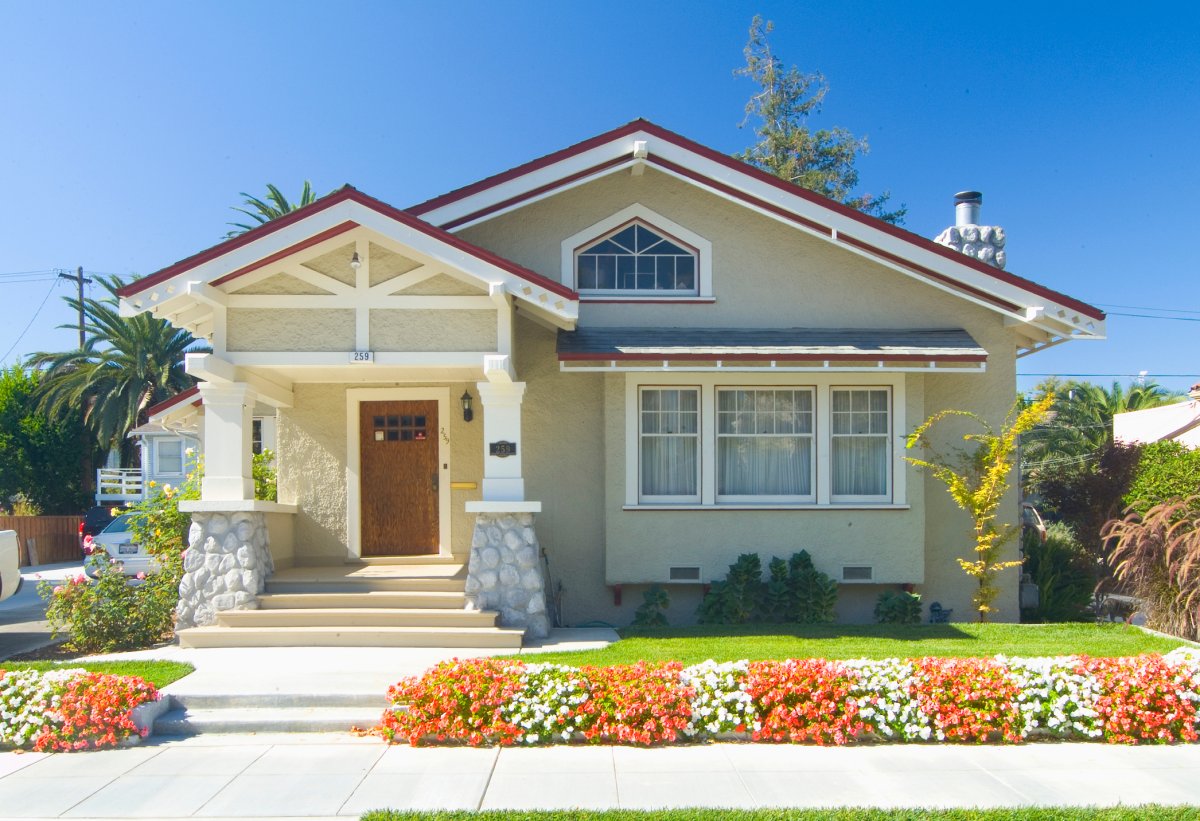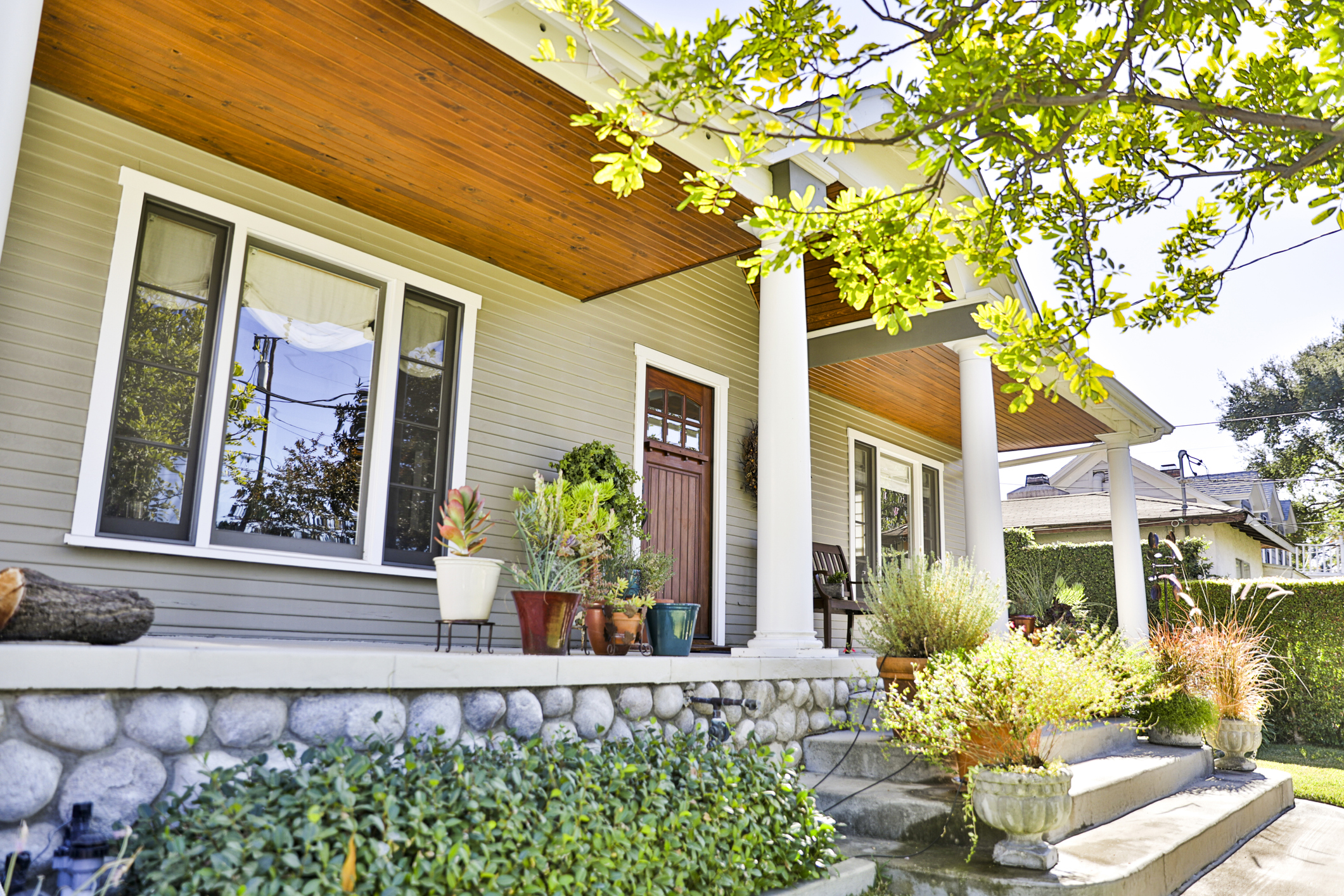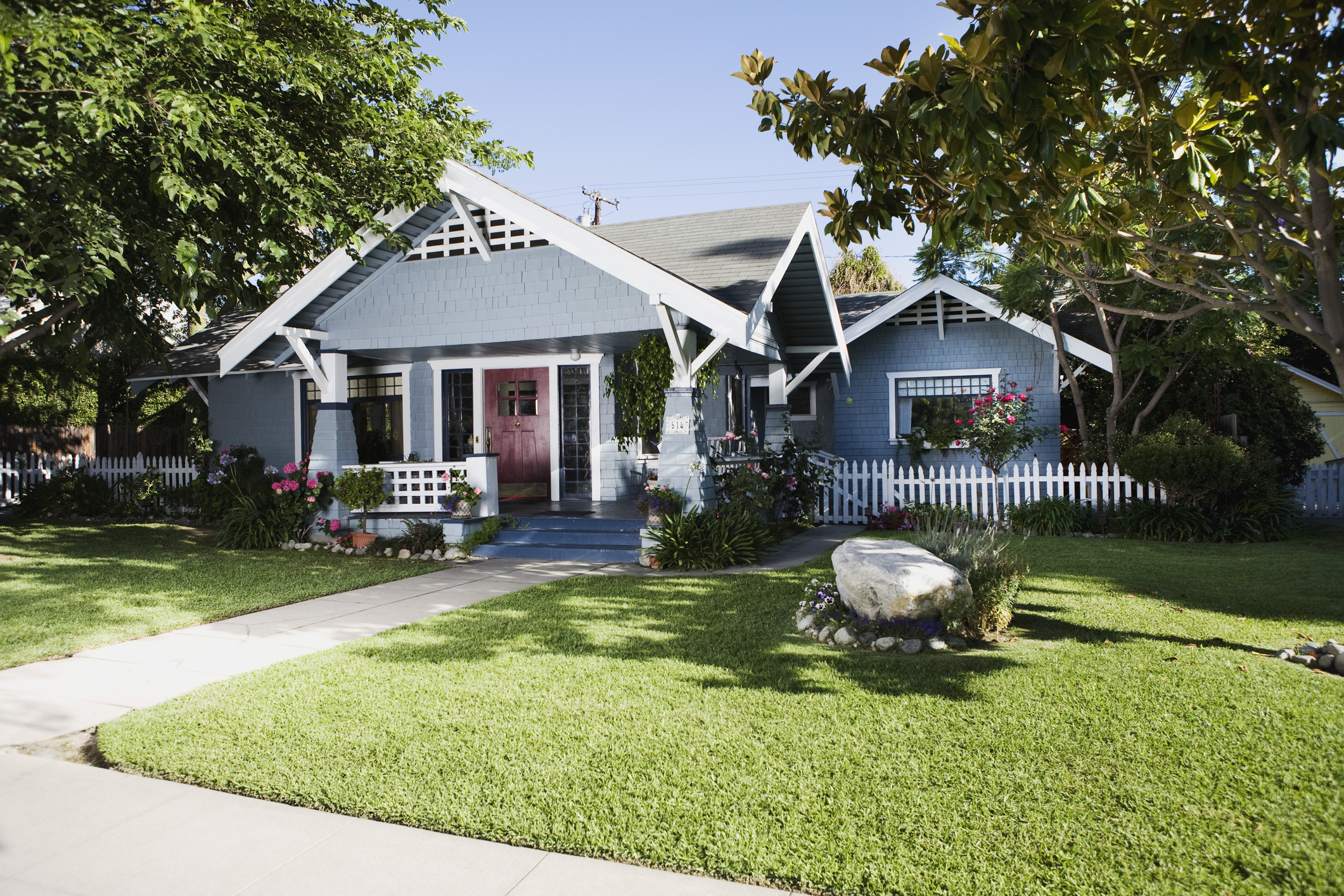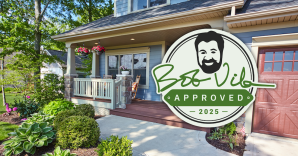

We may earn revenue from the products available on this page and participate in affiliate programs. Learn More ›
Sought after for their simple, warm architectural design, Craftsman homes are among the most popular house styles in the United States. They are especially common in California, the Pacific Northwest, and parts of the Midwest. First appearing between 1900 and 1929, Craftsman houses were inspired by the British Arts and Crafts movement that highlighted the beauty of natural materials and handcrafted details, and a backlash against the Industrial Revolution-fueled Victorian architecture boom.
We spoke to real estate experts about the key to Craftsman curb appeal. “Buyers consistently respond to their timeless look and the sense of quality they give off,” says Eric Bramlett, realtor and owner of Bramlett Partners Real Estate in Austin, Texas. “It’s the attention to detail, the mix of materials, and the way the design invites people in.” These homes hold their appeal because they offer a sense of place. “They tell a story, and that story starts the moment someone pulls up to the curb.”
Keep reading to discover the five special features of Craftsman homes that help shape their unique aesthetic.
1. Front Porch
One of the most noticeable features of a Craftsman house is the front porch. It’s usually a wraparound style that’s broad and deep, with thick, tapered columns sitting on stone or brick bases, says Bramlett. “The porch isn’t just for show—it invites people to sit outside, wave to neighbors, or relax with a cup of coffee, and it makes the house feel approachable,” he explains.
“Buyers like that because they want to feel like they’re coming home to a place that encourages community and comfort, and a well-designed Craftsman porch does precisely that,” adds Bramlett. In a sense, it also offers the ultimate preview of the cozy, character-filled home waiting inside, adds Michelle Valverde, CEO/broker with Better Homes and Gardens Real Estate Viridis Properties in Bakersfield, California.

2. Roofline
The distinguishable roofline—a low-pitched gable roof where two sides meet in a ridge at the top—also adds charm. “Craftsman homes usually have gable roofs with overhanging eaves, and if you look closely, you’ll see the exposed rafters and decorative brackets underneath,” says Bramlett. These brackets are intentionally placed to demonstrate that someone took the time to consider how the house appears from every angle.
“That craftsmanship stands out, especially when compared to more standard builds, where everything is hidden behind siding,” notes Bramlett. Prominent chimneys made of brick or stone and wide roof overhangs featuring exposed rafters offer both function and a strong architectural statement for the exterior design.
3. Materials
The materials used to construct a Craftsman home also play a significant role in the design. A true Craftsman doesn’t rely on synthetic finishes, according to Bramlett. Instead, expect to see a lot of natural wood, brick, and stone that feel connected to the surrounding environment.
Combining various materials also adds to the texture and depth of the façade. “You might see a mix of wood siding, stone on the columns or around the foundation, and maybe some brick accents to add visual interest without being loud,” says Bramlett. “The result is a home that looks thoughtful and balanced, which is precisely what people are looking for when they say they want something with charm.”
The color of these materials also makes these homes special and helps keep them among the most popular house styles. Craftsman homes often come in earthy colors like olive green, taupe, and rust, which helps them blend into the landscape instead of standing out too harshly. “This connection to nature gives the whole property a grounded, authentic look that buyers are drawn to, especially in areas where people value character over flash,” explains Bramlett.

4. Decorative Details
Certain decorative details on Craftsman houses catch people’s eye, highlighting the home’s handcrafted design and architectural charm. Small but important details like contrasting trim around windows, doors, and rooflines; artistic lighting fixtures like lantern-style wall sconces; and wide eaves with brackets and corbels underneath add another layer of intricate detail to the design.
These attractive features also serve a purpose, such as the eaves protecting the house from the sun and rain, says Bramlett. “It’s that blend of function and form that defines the Craftsman style. Nothing is added just for decoration,” he says. Every feature has a reason for being there, and that intention makes a difference.
5. Landscaping
Finally, a certain type of landscaping style matches well with Craftsman homes. They look best when the yard highlights the structure instead of hiding it, says Bramlett. “Pruned shrubs, clean lines, and a few soft lights along the walkway can do a great deal to showcase the home’s natural materials and architectural features,” he says.
In addition, Valverde recommends choosing lush greenery, blooming flowers, and stone-lined walkways since those natural elements pair perfectly with the wood accents and classic lines. “They give the home a lived-in, loved-on look that turns heads and tugs hearts,” says Valverde. Finally, these properties often include low wooden or stone fences and gates that add additional charm.

